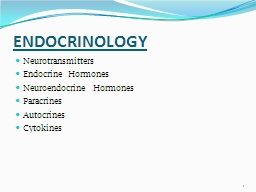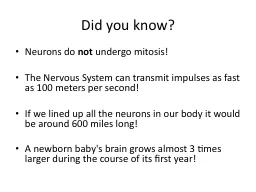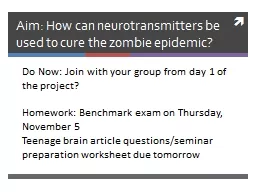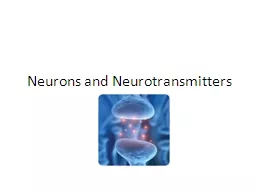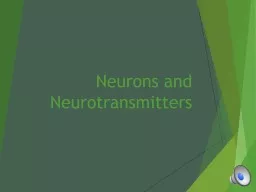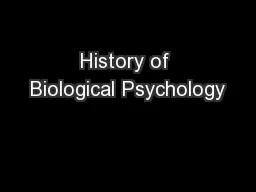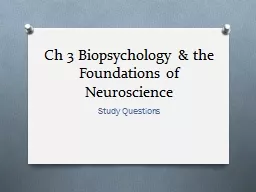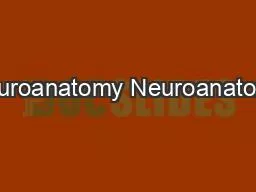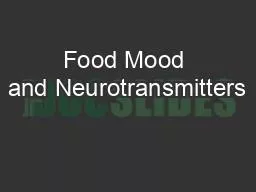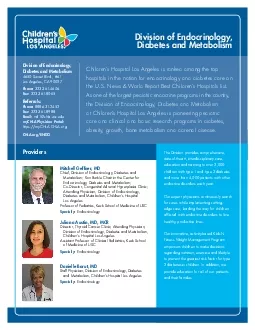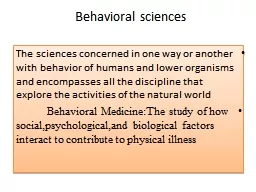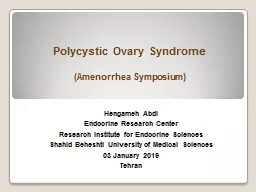PPT-ENDOCRINOLOGY Neurotransmitters
Author : genevieve | Published Date : 2024-01-29
Endocrine Hormones Neuroendocrine Hormones Paracrines Autocrines Cytokines 1 ANATOMY OF GLANDS 2 HYPOTHALAMUS TRH CRH GHRH GHIH somatostatin GnRH
Presentation Embed Code
Download Presentation
Download Presentation The PPT/PDF document "ENDOCRINOLOGY Neurotransmitters" is the property of its rightful owner. Permission is granted to download and print the materials on this website for personal, non-commercial use only, and to display it on your personal computer provided you do not modify the materials and that you retain all copyright notices contained in the materials. By downloading content from our website, you accept the terms of this agreement.
ENDOCRINOLOGY Neurotransmitters: Transcript
Download Rules Of Document
"ENDOCRINOLOGY Neurotransmitters"The content belongs to its owner. You may download and print it for personal use, without modification, and keep all copyright notices. By downloading, you agree to these terms.
Related Documents

